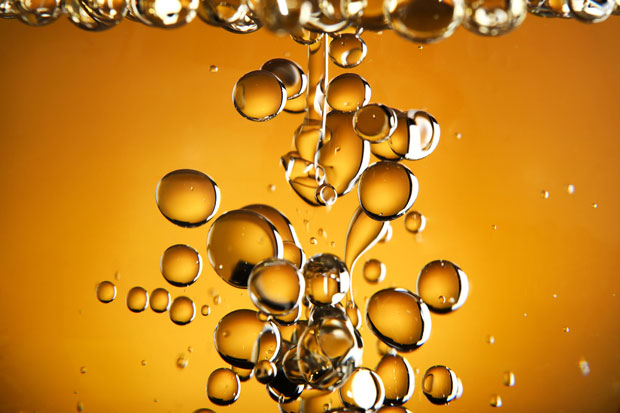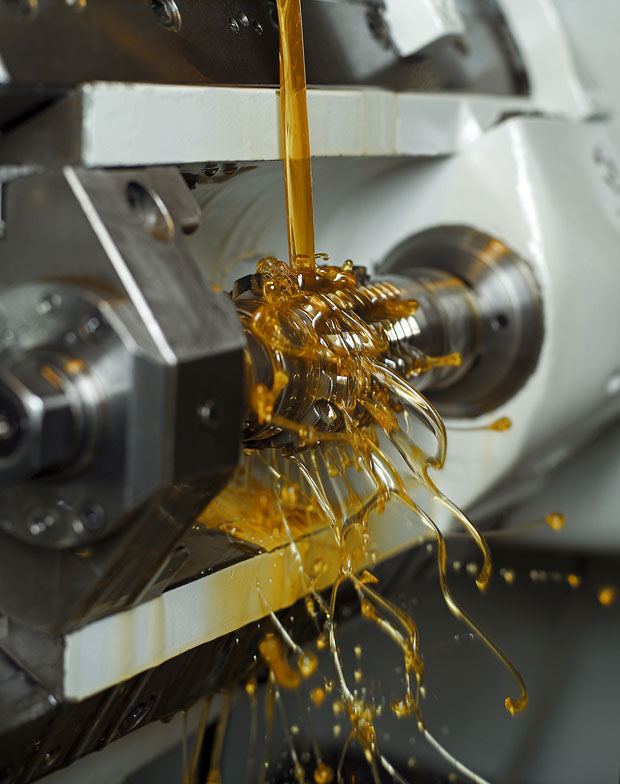Welcome to Sino Bearings web
24x7 HOTLINE:+86-28-81454188

 TECHNOLOGY
TECHNOLOGYThis is Part 2 in a series on the types of lubrication failure modes, and the proactive methods of preventing them. Please click https://www.bearing-news.com/the-100-failure-modes-of-lubrication-and-lubrication-programs-pt-1/ for Part 1.
By Terry Harris, CMRP, Reliable Process Solutions on behalf of UE Systems.

The best way to ensure the longevity of machines is to take a proactive approach to their maintenance. Lubrication plays an essential roll in making sure these tools are operating at their best, but because there are so many different components to these machines, there are a variety of different failure modes on account of lubrication and lubrication programs.
Taking proactive measures to ensure that lube is performing its best can go a long way in extending the lifespan of a machine. In fact, the proper failure mode prevention program can make a machine last three to eight times longer. For this reason, it is important to take note of all the failure modes of lubrication and lubrication programs.
Part 1 of this series covered the temperature and moisture failure modes. This installment of the series will cover foreign materials and particles, viscosity and contamination.
Foreign materials/ particles
Foreign materials and particles can be a major source of failure mode. There are only about 5 microns of film between a loaded bearing or gear, but foreign particles can be as large as 40 microns. This means that when these particles get into machine lube, they can grid and scratch the gears of the machine. Contaminates can get into lubrication for a number of reasons. Depending on the facility, particles that are simply floating around can get into the lube, while poor storage methods and facilities can also get in.
Also, the way new lube is handled can allow foreign materials to enter. New oil can come already contaminated, while improper filtration and particles from new grease can lead to lubrication failure modes. Further, these failures can arise if lube filtration is improperly handled or simply out of long term machine wear and tear.
The ISO code for cleanliness has a method of measuring the amount of foreign particles in lube, and the effects that these materials can have on a machine. The code has three numbers separated by a ‘/’ with each number representing the amount of particles and at what size. The first number in the code is the amount of 4 micron particles, the next number is 6 micron particles and the third is for 14 micron particles.
Take a 21/19/15 on the ISO code. A 21 means that there are between 10,000 and 20,000 particles at 4 microns in size, the 19 means there are between 2,500 and 5,000 particles at 6 microns and between 160 and 320 microns at 14 microns, all within a one milliliter sample. By reducing these figures with cleaner oil, the life of a gear box can be extended. For instance, by reducing a 21/18/16 to a 19/12/9 the life span of a gearbox by 2.5 times. Depending on the level of reduction, these life extensions can get up to seven or eight times.
In order to achieve these strong ISO codes, it is vital to eliminate particles from lubricants, filter new oils, keep lubes clean before and during the use of equipment and purchase grease products that have been produced with filtered oil or make the switch to synthetics.
Viscosity
Viscosity failure modes can occur for a variety of reasons. Fluctuations in temperature can lead to changes in viscosity, while oxidation, contamination, moisture and chemicals can each contribute to changes as well. Further, not enough or no additives will contribute to changes in viscosity along with other lube procedures.
Viscosity is what determines how the lube will flow through a machine. Different machines call for different viscosity levels but it is important to understand the operating temperature of the machines, as it can change between standby and when it’s running. Failure to achieve the right viscosity can lead to leaks and other forms of failure. It is important to understand that greases can fluctuate in viscosity as well.
Like before, contamination that leads to changes in viscosity can arise due to ambient conditions in the plant in which it is used. Also, improper practices in lube storage, application, transportation and equipment procedures can contribute to contamination. Leaking coils and contamination from the vendor can also contribute. To address these issues it is important to have well constructed lube maintenance facilities that can control temperature and other factors. Also, make sure to always check for contaminants, filter new oils, use oil safe containers, install labyrinth seals on critical equipment, and obtain the proper training on eliminating contaminants.
Keep in mind that synthetic lubes outperform mineral oil based ones in almost every situation. This is because they are much more stable when it comes to temperature, oxidation and volatility, while also having longer life spans. They also have less foaming characteristics and changes of hydrolysis.
Operational failures
Operational failures are largely a result of bad maintenance. Improper oil levels and incorrect oil addition can lead to operations failures, along with sudden volume loss. Using the wrong oil or additives creates operational failures as well. Again, contamination, along with foaming, particles and moisture can all contribute to operations failures, along with under or over greasing and improper wash down practices.
These failure modes arise largely from improper maintenance and operations, meaning that a strong knowledge of how machines work and how to apply lube is the best defense against them.

Program failures
Lubrication excellence programs are essential to preventing lubrication failure and extending the life of machines. Many of these failures covered here can be a product of a lack of knowledge, best practice and maintenance, all of which can be prevented with a strong program.
Program failure modes can arise from a lack of or incomplete program, along with lack of documentation. Ordering, receiving and storing also need to be an integral part of any program, along with an RCM decision process. Also, filtration systems that are both on and offline are essential, along with proper equipment for draining oil. Also make sure to maintain proper additive packages and better analysis programs.
Ultrasonic lubrication equipment can also play an important role in monitoring lube levels and possible failures.
These are not all the program failures, but generally speaking, a sound training program and documented procedures provide workers with the knowledge they need to make sure that machines will be able to last. Lubrication Excellence training can teach workers about the correct methods to eliminate failure modes, which, if properly addressed, can extended equipment life by 3 to 8 times.
At the end of the day, proper lubrication maintenance and failure prevention is about taking a proactive approach, so by equipping workers with the proper tools and knowledge, plants can significantly extend the life of their machines.
For more information on ultrasound technology and to access valuable resources, including a sound library, presentations, and articles, visit UE Systems’ website at www.uesystems.eu.
Contact:
Roy Horstink, CMRP, Managing Director UE Systems Europe
Email: [email protected]